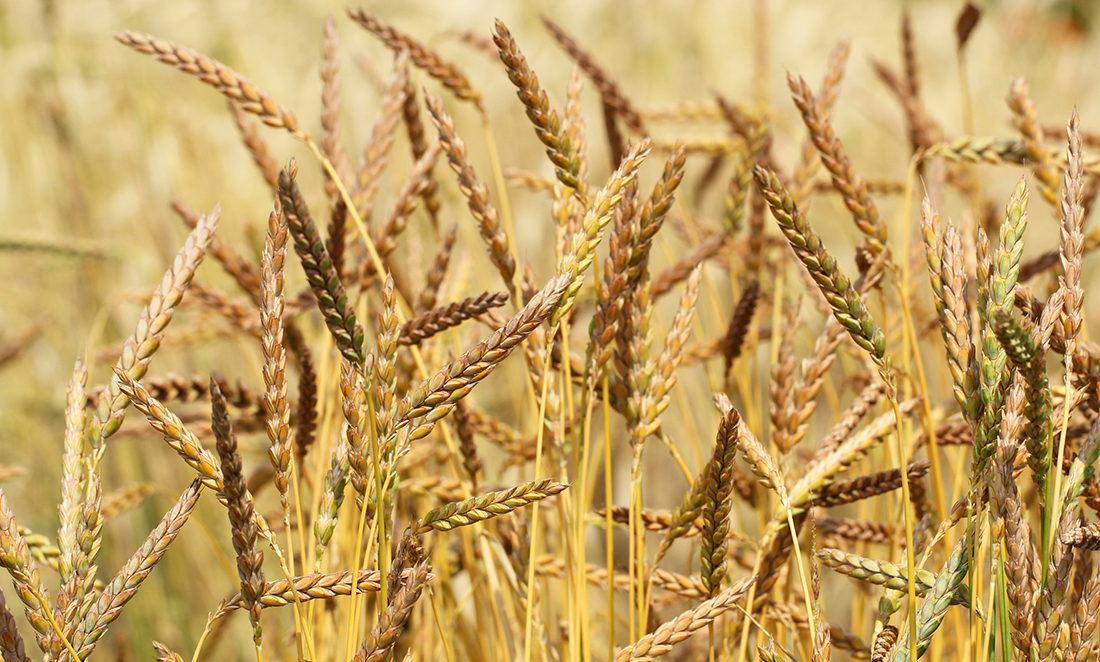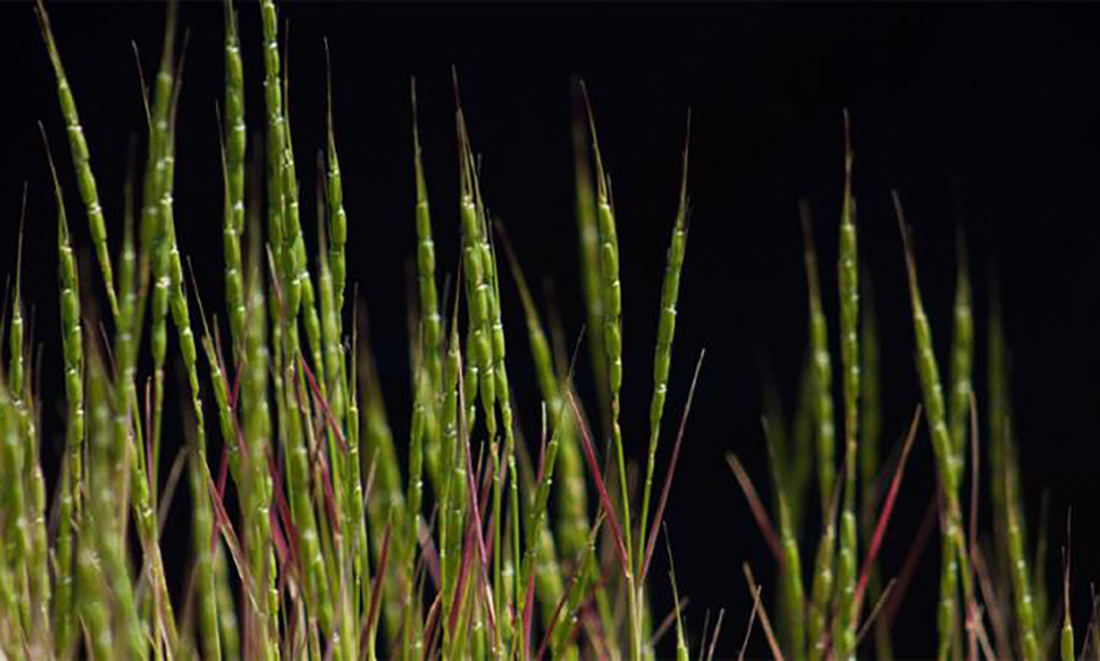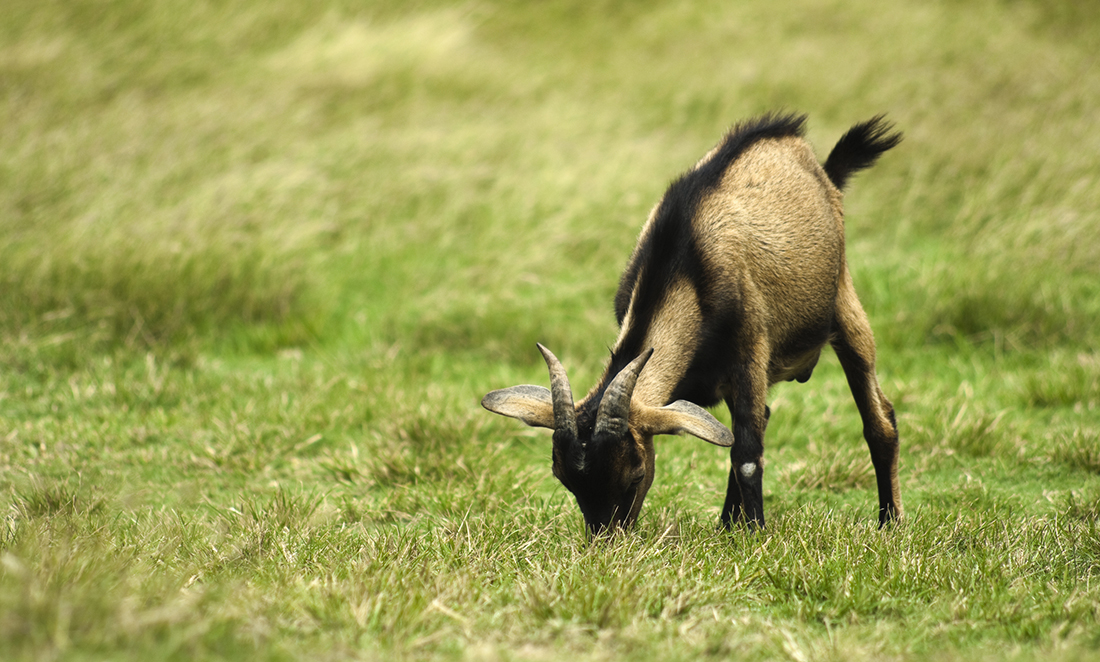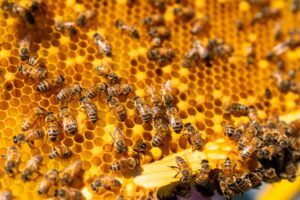The shared history of wheat and humans is part of global research aiming to help provide future food security.
Murdoch University’s Professor Rudi Appels, along with an international community of collaborators, is studying the genome of goat grass—a weed that cross-pollinated with wheat thousands of years ago.
He says the research will help today’s farmers deal more easily with extreme weather and plant disease by growing plants genetically suitable to the conditions. This means they then have the ability to grow more food.
Wheat: a short history
“Humans and wheat share a remarkably parallel evolutionary history,” Rudi says.
It all began around 10,000 years ago, when people began harvesting wild plants such as emmer and einkorn. They then ground the grain, turning it into flour.

2000 years later, emmer cross-pollinated with goat grass. On its own, goat grass is a tough, inedible weed. but when the genes mixed with emmer, the resulting offspring became an early type of wheat.
Over time, this plant baby evolved to become the wheat we use for most of our bread today.
“In Neolithic times, goat grass grew from Syria to Afghanistan and survived in different environments,” Rudi says.
“The emmer and goat grass plant would have looked different and also produced softer grains, making it easier to grind.
“It was generally women who would manage crops and grind the grains, and they would have kept the seeds to plant again.”
Goat grass and genomes
Ancient farmers may have been good at finding the best plants to feed people, but they didn’t have the knowledge of genomes that we have today.
Rudi says the goat grass genome is good to study because it has a lot of genetic variation.
“We now know that the genes from goat grass contributed to bread wheat’s tolerance of cold and diseases,” he says.

Rudi says another handy characteristic of the goat grass genome is its ability to switch up its genes.
Wheat crops attract a few major diseases, like stem rust, caused by pathogens. It’s often a battle between the farmer and the pathogen, and studying the goat grass genome’s ‘jumping genes’ could help.
“We’ve found that bits of the genome change, but this takes place during a longer, evolutionary timeframe.”
Not only could this research weed out disease in the future, there’s potential for it to help us bake a better loaf of bread — all by using the right genes for the job.









